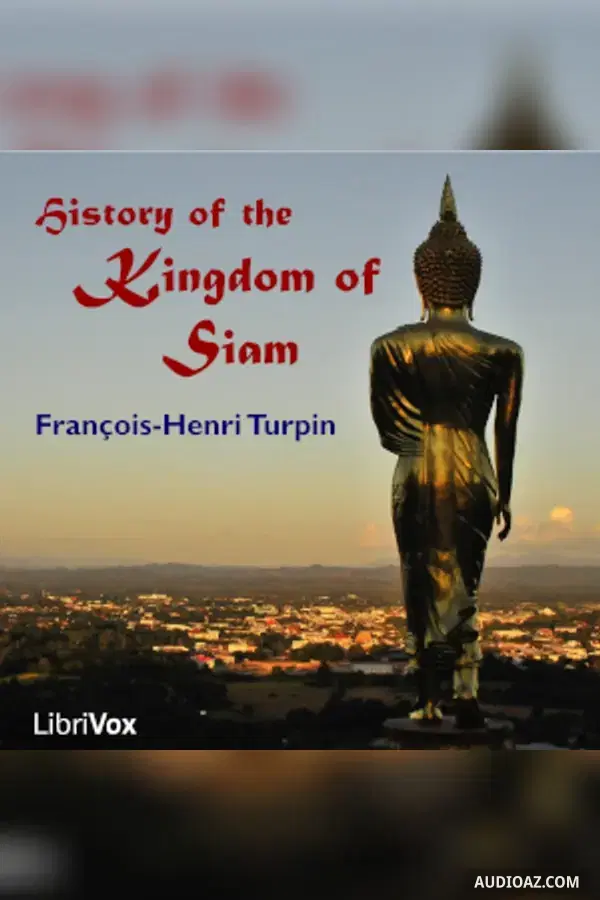
Diamond Sutra and Heart Sutra - Kostenloses Hörbuch
Autor(en): Unknown
Sprache: English
Genre(s): AntikSachbücherAndere ReligionenPhilosophieReligion
1 / 2Heart Sutra
- 1. Heart Sutra
- 2. Diamond Sutra
Über
The Diamond Sutra is a Mahāyāna (Buddhist) sutra from the genre of Prajñāpāramitā ('perfection of wisdom') sutras. The Diamond Sūtra is one of the most influential Mahayana sutras in East Asia, and it is particularly prominent within the Chan (or Zen) tradition, along with the Heart Sutra. Sanskrit: वज्रच्छेदिकाप्रज्ञापारमितासूत्र, Vajracchedikā Prajñāpāramitā Sūtra (translated roughly as 'The Perfection of Wisdom Text that Cuts Like a Thunderbolt') Chinese: 金剛般若波羅蜜多經, Jīngāng Bōrě-bōluómìduō Jīng; shortened to 金剛經, Jīngāng Jīng Japanese: 金剛般若波羅蜜多経, Kongō hannya haramita kyō; shortened to 金剛経, Kongō-kyō Korean: 금강반야바라밀경, geumgang banyabaramil gyeong; shortened to 금강경, geumgang gyeong Classical Mongolian: Yeke kölgen sudur Vietnamese: Kim cương bát-nhã-ba-la-mật-đa kinh; shortened to Kim cương kinh Standard Tibetan: འཕགས་པ་ཤེས་རབ་ཀྱི་ཕ་རོལ་ཏུ་ཕྱིན་པ་རྡོ་རྗེ་གཅོད་པ་ཞེས་བྱ་བ་ཐེག་པ་ཆེན་པོའི་མདོ།, ’phags pa shes rab kyi pha rol tu phyin pa rdo rje gcod pa zhes bya ba theg pa chen po’i mdo A copy of the Tang dynasty–Chinese version of the Diamond Sūtra was found among the Dunhuang manuscripts in 1900 by Daoist monk Wang Yuanlu. Dating back to 11 May 868, it is, in the words of the British Library, "the earliest dated printed book". It is also the first known creative work with an explicit public domain dedication, as its colophon at the end states that it was created "for universal free distribution". Translated from Sanskrit into Chinese by the Buddhist monk Kumārajīva (Sanskrit: कुमारजीव; traditional Chinese: 鳩摩羅什; simplified Chinese: 鸠摩罗什; pinyin: Jiūmóluóshí) 344–413 CE. Translated from Chinese into English by William Gemmel. The Heart Sutra (Sanskrit: प्रज्ञापारमिताहृदय Prajñāpāramitāhṛdaya ('The Heart of the Perfection of Wisdom') or Chinese: 心經 Xīnjīng or Tibetan: བཅོམ་ལྡན་འདས་མ་ཤེས་རབ་ཀྱི་ཕ་རོལ་ཏུ་ཕྱིན་པའི་སྙིང་པོ). In the sutra, Avalokiteśvara addresses Śariputra, explaining the fundamental emptiness (śūnyatā) of all phenomena, known through and as the five aggregates of human existence (skandhas): form (rūpa), feeling (vedanā), volitions (saṅkhāra), perceptions (saṃjñā), and consciousness (vijñāna). This first English translation was presented to the Royal Asiatic Society in 1863 by the Rev. Samuel Beal, and published in their journal in 1865. Beal used a Chinese text corresponding to the Xuanzang (Chinese: 玄奘) canonical text (T. 251) and a 9th Century Chan commentary by 大顛寶通 c. 815 CE. (Summary adapted from Wikipedia by Geoffrey Edwards)
Kommentare
Seien Sie der Erste, der kommentiert
Es gibt noch keine Kommentare zu diesem Inhalt. Beginnen Sie die Diskussion!
Mehr entdecken
Tags: Diamond Sutra and Heart Sutra audio, Diamond Sutra and Heart Sutra - Unknown audio, Antik audio, Sachbücher audio, Andere Religionen audio, Philosophie audio, Religion audio, free audiobook, free audio book, audioaz






